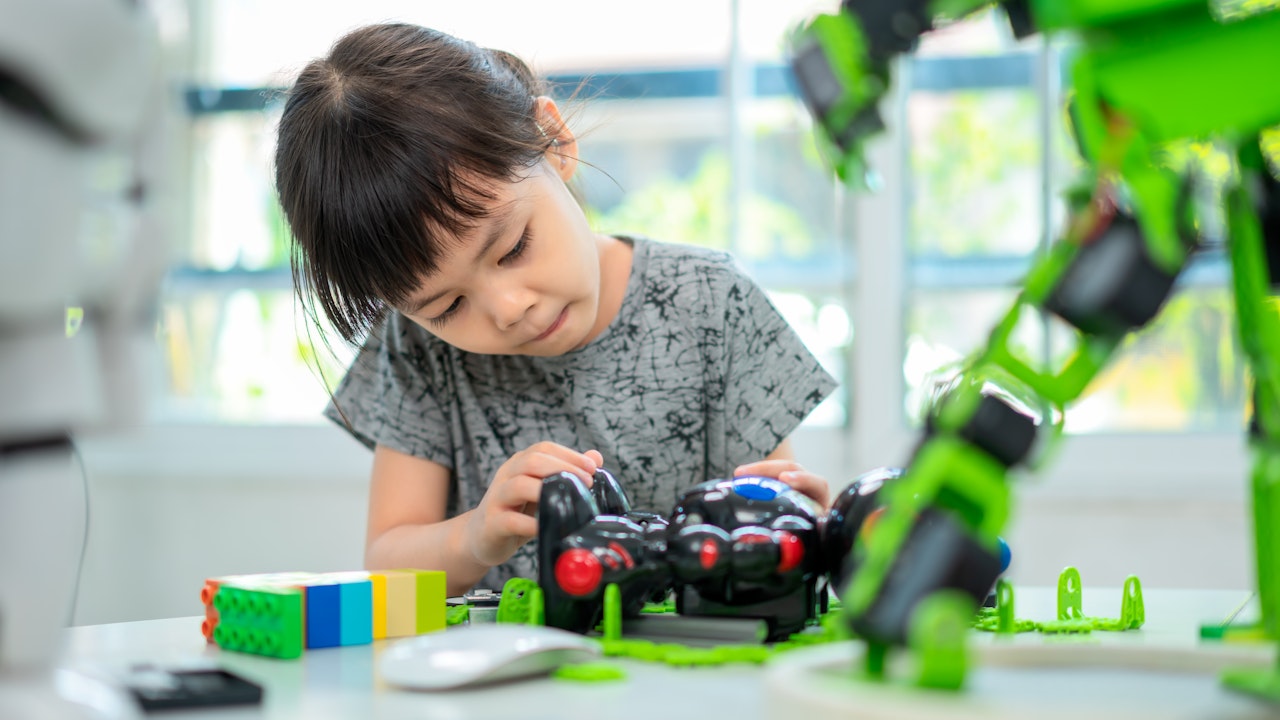Homepage
•
Learning Library
•
Blog
•
Library Centers Allow Students To Be Masters of Their Own Learning
Expand breadcrumbs
Expand breadcrumbs
- Learning Library
- Blog
- Library Centers Allow Students To Be Masters of Their Own Learning
- Homepage
- •
- Learning Library
- •
- Blog
- •
- Library Centers Allow Students To Be Masters of Their Own Learning
Library Centers Allow Students To Be Masters of Their Own Learning
By Nikki D. Robertson
November 15, 2022








